Share This
Nuts are a staple of Mediterranean cooking. In this region, you’ll find nuts and peanuts pureed into sauces to make them extra-creamy, served on a cheese plate to accompany traditional cheeses, sprinkled over salads and porridges, and tossed with pilafs and pastas.
Additionally, nuts and peanuts are nutrient-dense foods. They contain heart-healthy unsaturated fatty acids, plant-based protein, fiber, vitamins, minerals, and polyphenols (antioxidants found in plants). Researchers from the landmark PREvención con DIeta MEDiterránea (PREDIMED) study found that a Mediterranean diet including tree nuts, primarily walnuts, was associated with an approximately 36 percent lower risk of cardiovascular events (myocardial infarction, stroke or cardiovascular death) when compared to a low-fat diet.1 From almonds to walnuts, here are a few ideas for incorporating healthy Mediterranean nuts and peanuts into your cooking.
Almonds
Crunchy, delicious, and good for you too, almonds are found in dishes throughout the Mediterranean.
You may be familiar with pesto Genovese—basil and pine nut pesto from the Liguria region of Italy—but have you made pesto alla trapanese yet? Almonds are the most plentiful nut in Sicily, and this Sicilian pesto (named after Trapani, a city on Sicily’s western coast) blends almonds with fresh tomatoes to create a delicious sauce for pasta, often the corkscrew shaped casarecce.
For an Eastern Mediterranean meal with almonds, try this Brown Rice Pilaf. The nuttiness and crunch of the almonds in this recipe contrasts with the sweet, chewy golden raisins.
On special occasions, make this Orange Almond Cake. With both orange juice and orange zest, it’s citrusy and light, topped with silvered almonds for a cake that’s as beautiful as it is delicious.
Hazelnuts
Eight out of every 10 hazelnuts consumed around the world is grown in Turkey, and hazelnuts are used in both Turkish and Georgian cooking. For a dish with Turkish flavors, try this White Turnip and Hazelnut soup from Chef Ana Sortun.
In the US, many may associate hazelnuts with that decadent chocolate and hazelnut spread, but there are so many other ways to enjoy them in their whole form. Try this light and refreshing salad, with shavings of raw asparagus mixed with a lemon vinaigrette, and tossed with crunchy hazelnuts and salty Parmigiano Reggiano.
Farro is a type of ancient wheat you’ll often find in Mediterranean recipes. It pairs beautifully with mix-ins like vegetables, herbs, and toasted nuts to create warm or chilled grain salads. Farro & Arugula Salad uses toasted hazelnuts for crunch and flavor.
Nuts can also be used in spice blends and seasonings. Try our recipe for Dukkah, a spice blend of Egyptian origin that mixes spices, nuts, and seeds. This one uses hazelnuts alongside cumin, black pepper and sesame. To serve, set out a small dish of dukkah with a dish of olive oil and basket of bread. Dip your bread into the olive oil, then the dukkah, for a delicious starter!
Peanuts
While botanically a legume (because they grow below ground), peanuts are similar to tree nuts in a culinary sense, and are nutritionally similar, offering us heart-healthy unsaturated fats. They make a wonderful addition to Mediterranean meals.
This Peanut Ajo Blanco borrows inspiration from Spain, with grapes, peanuts, white wine vinegar, and torn pieces of bread for creaminess. Blended together, this creates a nutty, creamy chilled soup that’s welcome on warm summer days.
For a Turkish-inspired dish with peanuts, try these Eggplant Peanut Roll-Ups with Turkish Tomato Sauce. Completely plant-based, it’s satisfying and complex—not to mention, it looks beautiful when served, perfect for hosting friends and family!
Pine nuts
Pine nuts are the edible seeds of pine trees. While you might notice these nuts have a high price tag at the grocery store, you’ll also find that a little goes a long way and can elevate your Mediterranean dishes.
They’re often blended with basil and olive oil to make the pesto Genovese mentioned above—but that is only the beginning. We love this Hummus with Pine Nuts, Marjoram, and Extra Virgin Olive Oil. Toss pine nuts in with roasted vegetables for extra satiety and texture, like this Lemony Roasted Broccoli with Pine Nuts. Or, sprinkle them over sardines (another source of good-for-you fat) with parsley and currants in this elegant dinner recipe.
Pistachios
You’ll often find pistachios in Mediterranean and Middle Eastern food, dotting stews, rice dishes and salads, ground and folded into sauces and doughs, and of course, tucked into delicious baklavas. In Sicily, pistachios star in granita, a refreshing treat that is utterly creamy, yet somehow dairy-free!
In this Sheet Pan Salmon with Roasted Carrots and Oranges, pistachios are the perfect accompaniment to the sweet, caramelized orange rind and rich flavor of salmon. For a vegetarian recipe, try these Roasted Carrots with Pistachios and Tahini Yogurt, which is an elegant, cumin-scented side dish.
Walnuts
One serving, or one ounce, of walnuts is a powerhouse of important nutrients for optimum health, including protein (4g), fiber (2g), a good source of magnesium (45mg) and an excellent source of the essential omega-3 ALA (2.5g).2
For breakfast, mix walnuts into our Mediterranean Breakfast Quinoa, a fun twist on the traditional breakfast porridge or oatmeal. If you’re looking for a plant protein-packed lunch, you’ll want to try this Bulgur Salad with Green Lentils and Walnuts. This Spiced Walnuts and Greek Yogurt Parfait is a savory twist on the classic afternoon snack. Pack it in a mason jar for an easy, on-the-go snack!
Still seeking inspiration? Check out our 12 Ways to Use Walnuts guide, or our Mediterranean Swaps brochure.
Whether you’re cooking one of the recipes above, tossing nuts into your lunchtime salad or morning oatmeal, or simply snacking on a handful in the afternoons, you’re making a delicious and healthy choice.
1. Estruch R, Ros E, Salas-Salvadó J, et al. Primary Prevention of Cardiovascular Disease with a Mediterranean Diet Supplemented with Extra-Virgin Olive Oil or Nuts. N Engl J Med. 2018;379(14):1388-1389. doi: 10.1056/NEJMc1809971.
2. U.S. Department of Agriculture, Agricultural Research Service. FoodData Central, 2019. fdc.nal.usda.gov.
Want biweekly Med Diet information and recipes in your Inbox? Sign up for our Fresh Fridays newsletter by clicking the Subscribe button at the bottom of this page!
Join the Make Every Day Mediterranean Club Facebook group for additional information and support

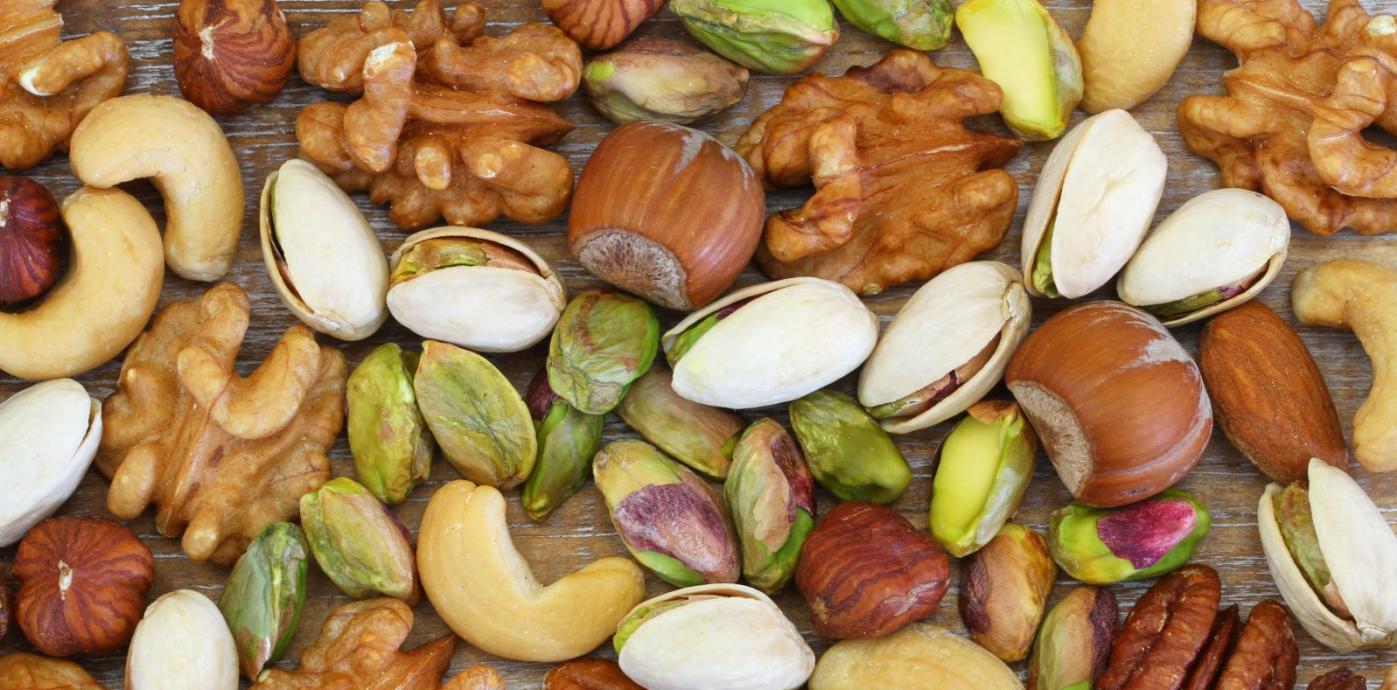
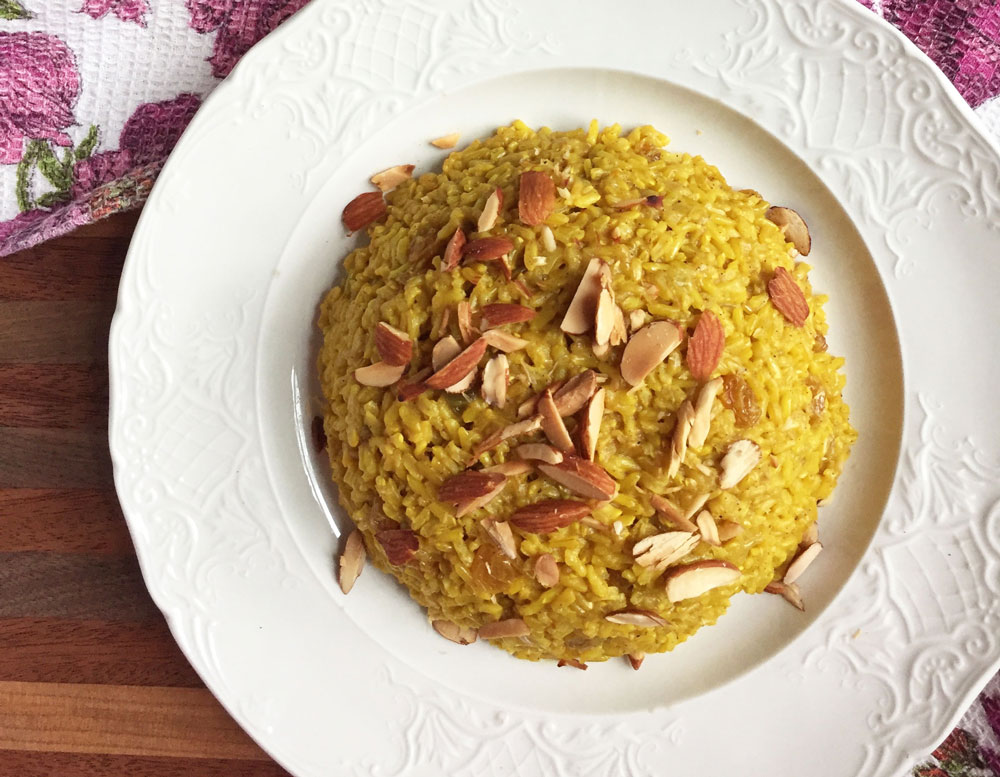
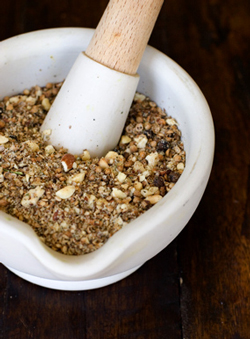
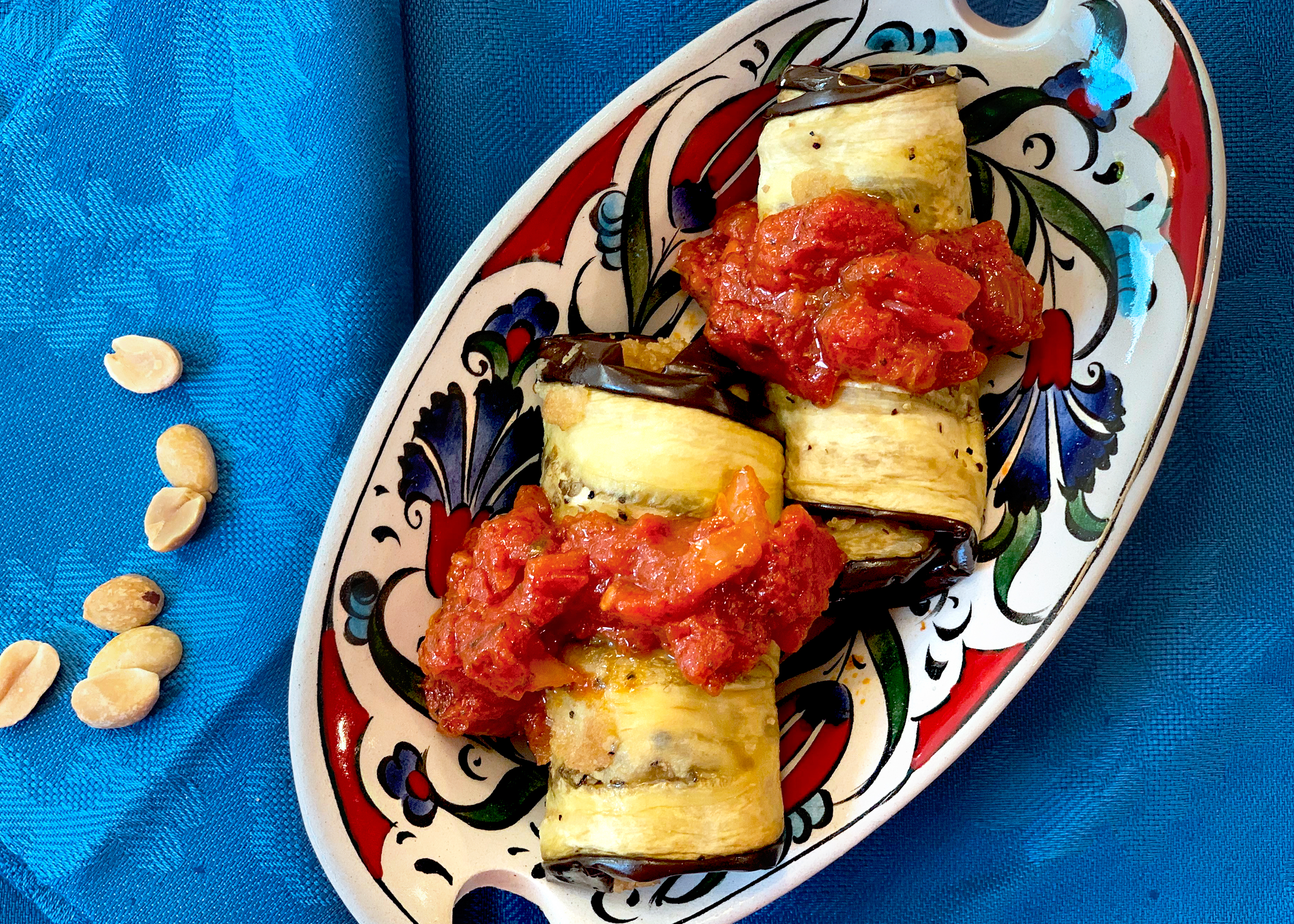
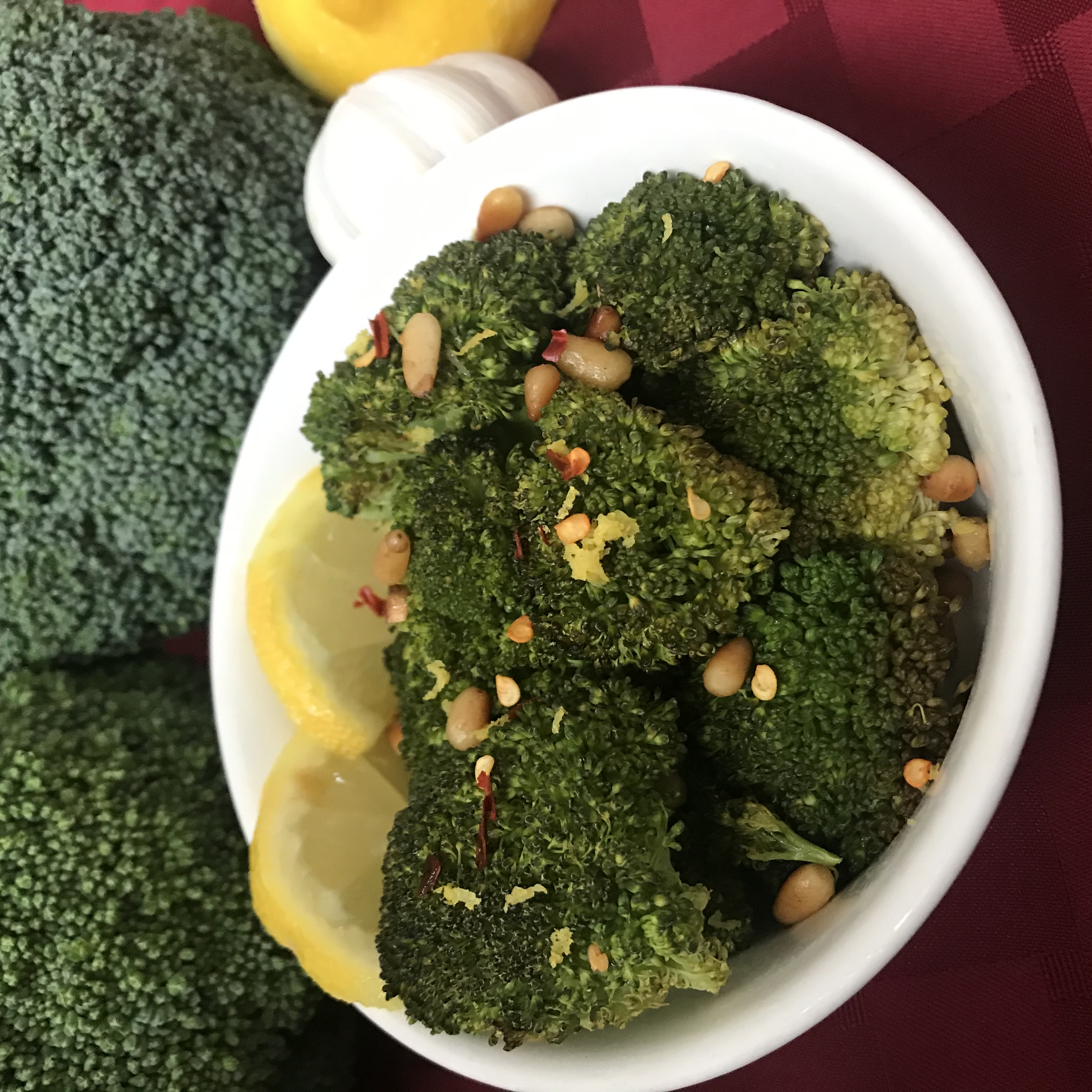
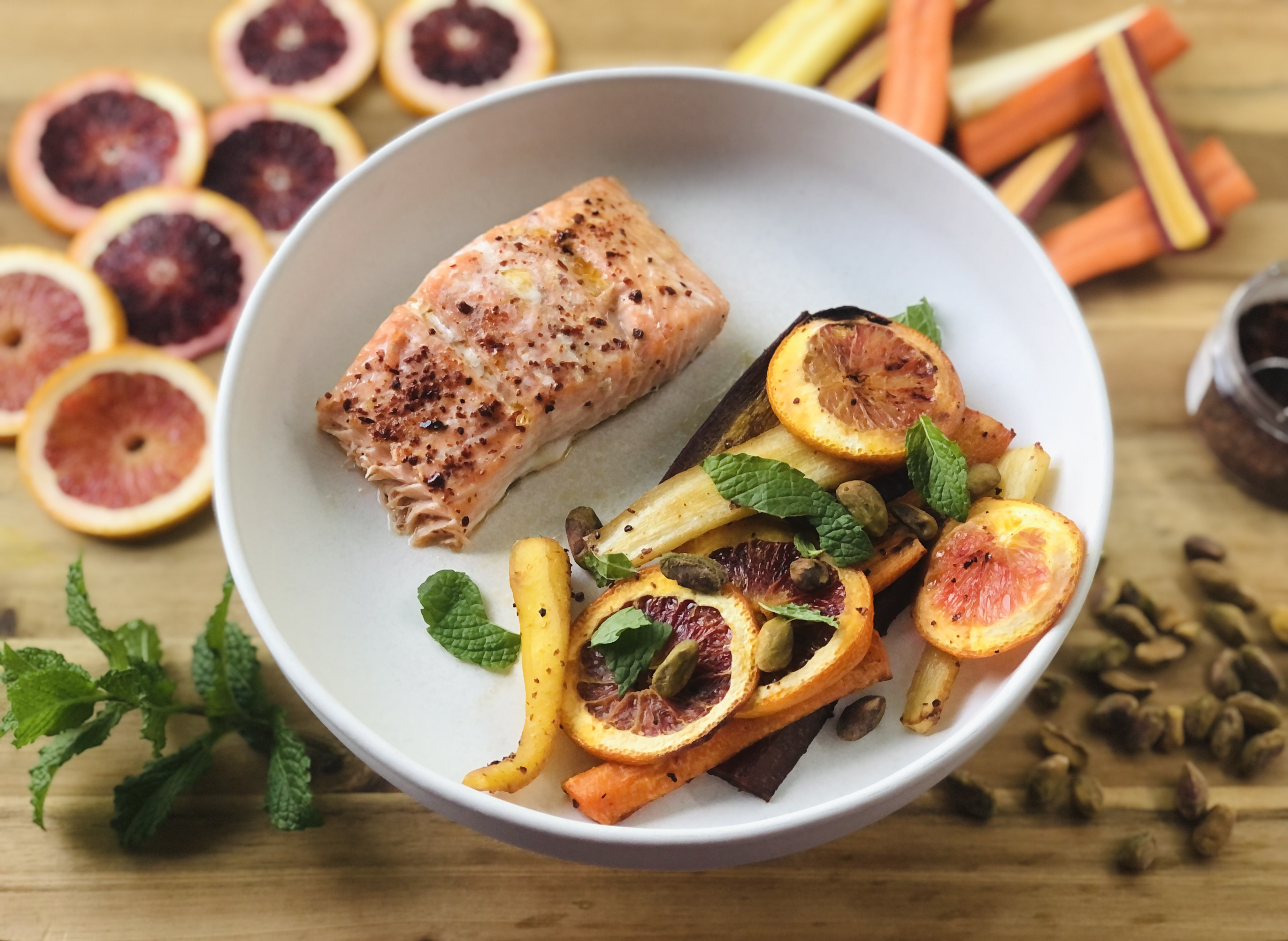
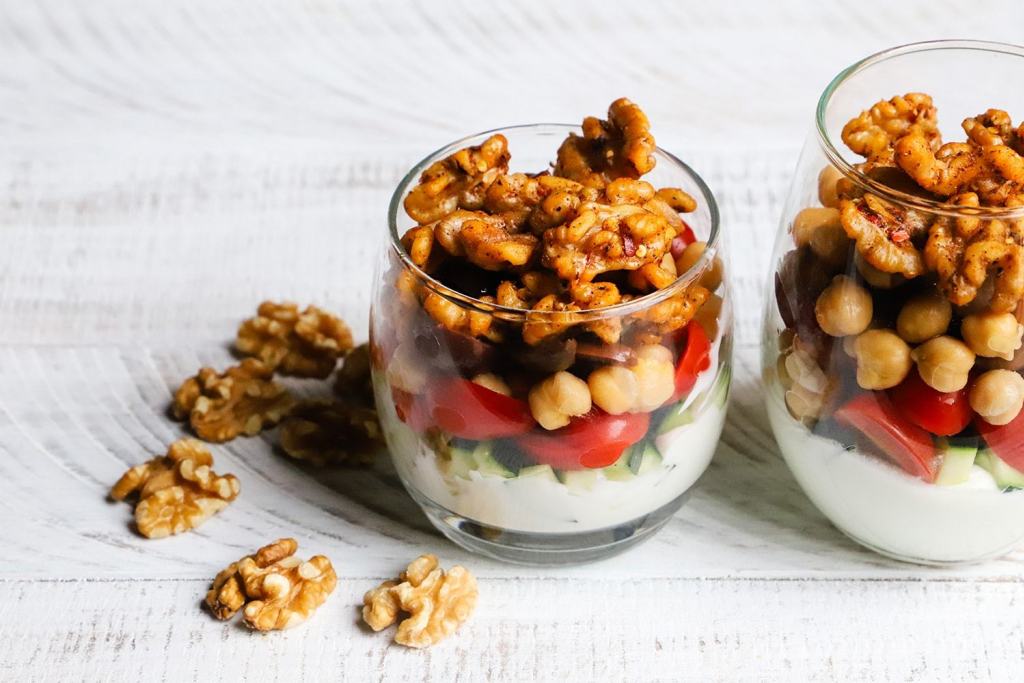
Comments
Add a Comment